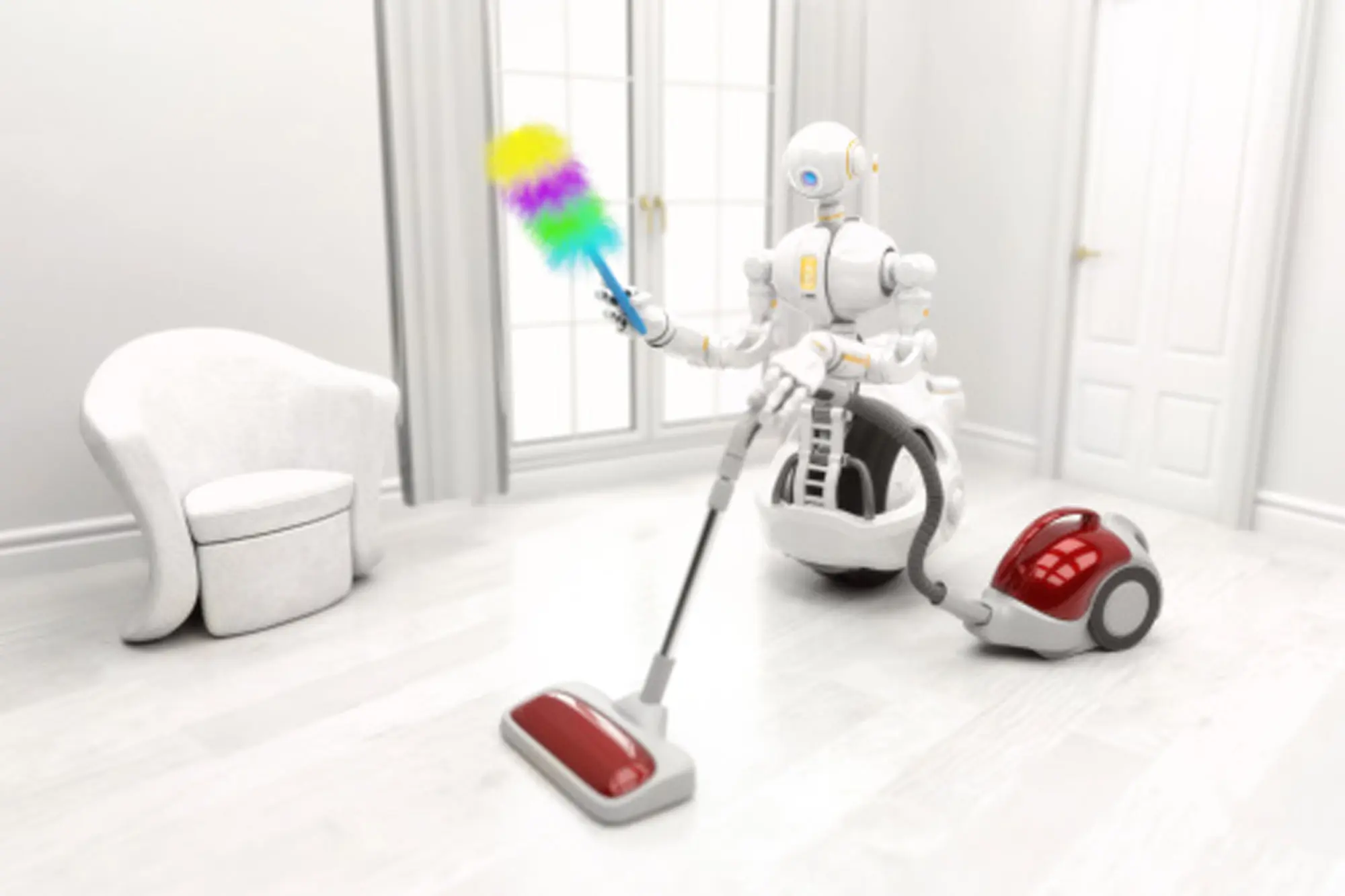We are fortunate to live in a period where science and technology can help us, simplify our lives, and inspire us to rethink our daily lives.
The technology to which we are already exposed and acclimated has allowed us to innovate further, and the technologies on this list, both present and emerging, have the potential to improve our quality of life significantly.
The future is approaching faster than you would imagine. These new technologies will alter how we live, care for our bodies, and assist us in preventing a global catastrophe.
The present world is one where technology advances at an unstoppable rate. Sometimes some new inventions and technologies will forever alter our futures daily.
For instance, artificial intelligence programs create visuals from nothing more than a written suggestion and generate poems from scratch.
Some robots can read your thoughts, 3D-printed eyeballs, and new holograms. All of this only scratches the surface of what is available.
Therefore, here is a compiled list of the most intriguing emerging technologies, which you can find below.
Read Also: Review of the Top 5 smart home devices of 2023
Sand batteries
Not every technology advancing our future needs to be complex; others are straightforward but incredibly powerful.
Some Finnish experts have developed one of these technologies by figuring out how to transform sand into a massive battery.
These engineers filled a 4 x 7-meter steel container with 100 tonnes of sand. After that, wind and sun energy were used to warm up the sand.
A neighborhood energy provider can disperse this heat to warm up neighboring buildings. In this manner, energy can be stored long-term.
This entire process is made possible by a theory called resistive heating. Here, the friction of electrical currents heats the substance.
The electricity traveling through them warms sand and any other non-super conductor, producing heat that can be converted into energy.
Intelligent Exo-skeletons
Exo-skeletons have long been a part of popular science fiction and everyday life. But as time has passed, technology has quickly advanced, becoming more remarkable.
Most significantly, in recent years, we have observed that young people now have easier access to technology. For example, the most cutting-edge mobile medical exoskeleton made for kids is called the Atlas 2030.
Though not yet commercially available, this technology may one day provide kids with a lower-body exoskeleton for medical purposes. For example, children with severe neuromuscular conditions, cerebral palsy, or spina bifida might benefit from this.
Xenotransplantation
Even if it seems like a poor idea, one of the most recent medical operations is making quick progress: inserting a pig’s heart into a person.
Surgery could be revolutionized by xenotransplantation, which involves implanting, installing, or infusing human organs, tissues, or cells from an animal source.
The transplantation of a pig’s heart into a person is one of the most frequently done surgeries so far. Currently, this has succeeded twice. But only one of the patients made it past a few months of life, while the other is still being monitored.
Gene editing must be done before the surgery to implant the heart into the patient. It is necessary to add human genes and remove some genes from the heart, notably those related to immunological acceptance and genes that stop the heart’s tissue from growing too quickly.
These operations are currently dangerous, and their outcomes are uncertain. However, xenotransplants, which give animal hearts or tissues to humans who need them, may become commonplace shortly.
Read Also: Why the “smart” home is not as smart as we think
AI Image-Generation
The field of art is a new industry to add to the list as artificial intelligence continues to do tasks just as effectively as humans. OpenAI researchers have developed software that can produce graphics with only verbal inputs.
You can search for “a dog wearing a cowboy hat singing in the rain” and find many unique pictures that match the bill. Even the artistic style in which your request is returned is your choice.
But there are still problems with the technology, like when we gave it the wrong instructions for drawing cartoon figures.
The team behind the Dall-E technology is now working on its second generation and has further development planned.
The creation of art exhibitions, rapid, original images for business purposes, and, of course, a revolution in how memes are made on the internet are all possible uses for this technology in the future.
Also, Midjourney is a technology that generates gothic masterpieces using only short written instruction.
Brain Reading Robots
The application of brain reading technology has significantly advanced in recent years and is no longer a sci-fi gimmick.
So researchers from the Swiss Federal Institute of Technology Lausanne tried one of the most intriguing and valuable uses we’ve seen.
These researchers have succeeded in developing a method for tetraplegic patients (unable to move their upper or lower body) to communicate with the outside world.
Their inventions include a robot arm, a brain-computer interface, and a machine-learning algorithm. The robot arm would do easy tasks like navigating a barrier during tests.
Then, using an EEG cap, the program would decipher brain signals and decide when the arm had performed a move that the brain had deemed improper, such as moving too close to the obstacle or too quickly.
The algorithm can then be modified to consider personal preferences and brain signals. Future developments could include brain-controlled wheelchairs or devices to help tetraplegic patients.
3D-Printed Skeleton
The 3D printing business promises everything from low-cost home construction to reasonably priced durable armor. Still, one of the most intriguing applications of the technology is the creation of 3D-printed bones.
Tricalcium phosphate, a substance with characteristics comparable to those of human bones, is used by the business Ossiform, a specialist in medical 3D printing, to make patient-specific replacements of various bones.
It’s straightforward to utilize these 3D-printed bones. An MRI can be performed in a hospital and uploaded to Ossiform, developing a 3D model of the required patient-specific implant.
Once the surgeon has approved the design, it can be printed and used during surgery. The utilization of tricalcium phosphate allows the body to remodel the implants into vascularized bone, which makes these 3D-printed bones unique.
In other words, they will make it possible for the bone it is replacing to regain its previous function fully. In addition, the implants have a porous construction with big pores and channels for cells to adhere to and reconstruct bone to achieve the best possible integration.
Smart Mirrors that Check Your Health
You may see how you feel and appear to the outside world by peering in the mirror each morning. Imagine a day when smart mirrors might scan you and provide information on potential health issues, vitamin shortages, or early indicators of deeper problems.
You can become ready if you know these symptoms beforehand.
A Toilet that Analyses Your Deposits
The idea of smart toilets has been introduced previously. The Japanese are known for their excellent toilets, which feature built-in bidets, rear-warming chairs, and much more.
The future lavatory might take things a step further by examining your waste for sickness. Imagine how helpful a device like that may be in assisting individuals in detecting bowel cancer early on before it becomes a severe issue.
It could also highlight nutritional problems or inadequacies you must address to enhance your health.
3D-Printed Meals
We don’t quite live in a universe where we can create anything out of thin air using Star Trek replicators. However, 3D printing technology is advancing swiftly, and businesses are already testing food printing.
A little low in the refrigerator? Future, you won’t have any issues; print some cakes, vegetables, or even a pizza. Here, we have enormous dreams.
Fridges that Orders for you
How about a refrigerator that detects when you’re running low on something and orders it for you instead if 3D-printed food seems unfeasible? This technology is already available and continues to advance.
You won’t need to revisit the grocery store when it eventually becomes so commonplace that every home has one.
In conclusion, technology is anticipated to make life easy, and in the coming years, more is yet to come. So you have to be open-minded to accept the technological changes that come in years to come.

